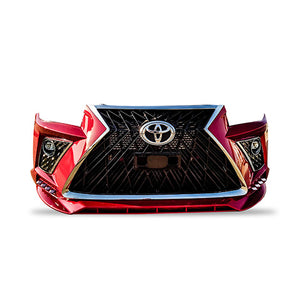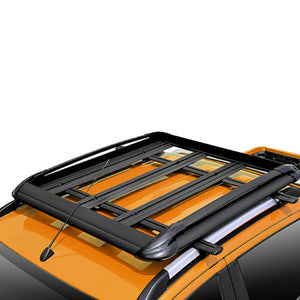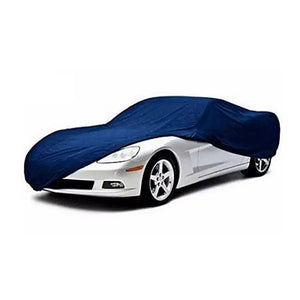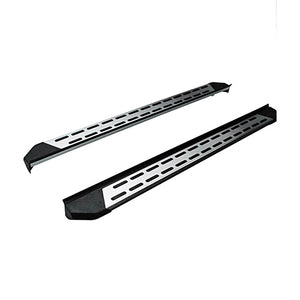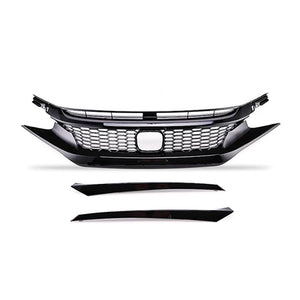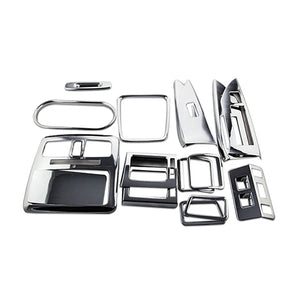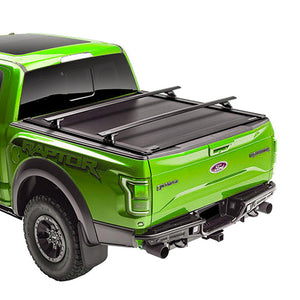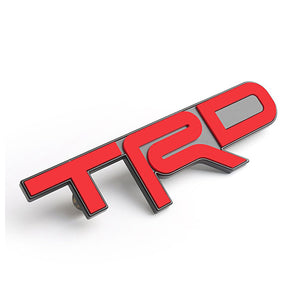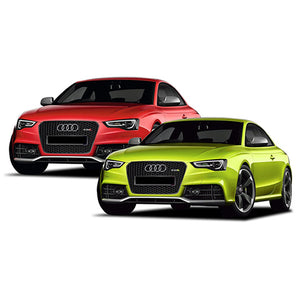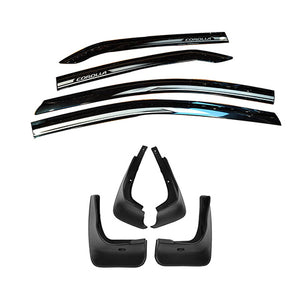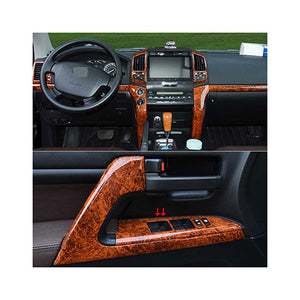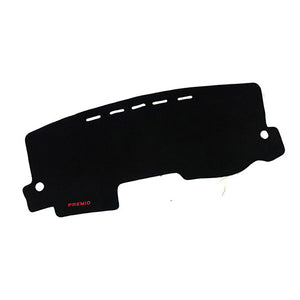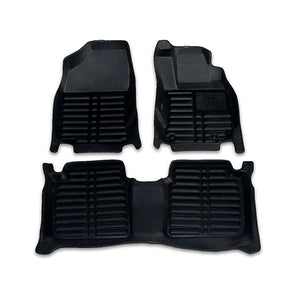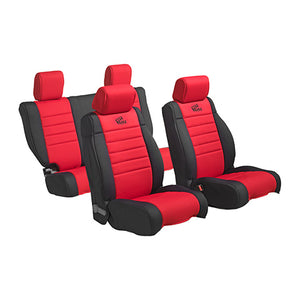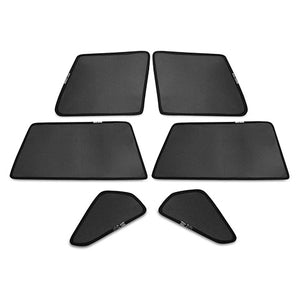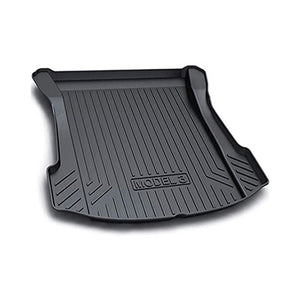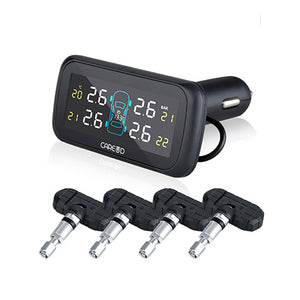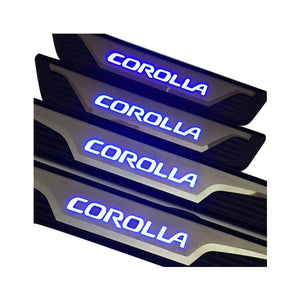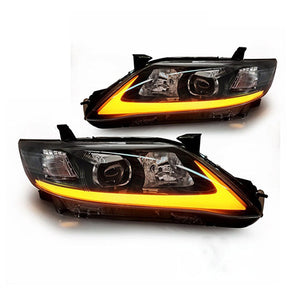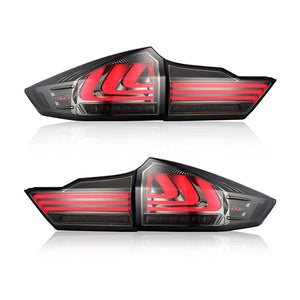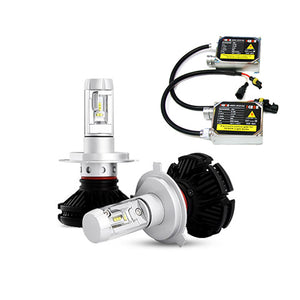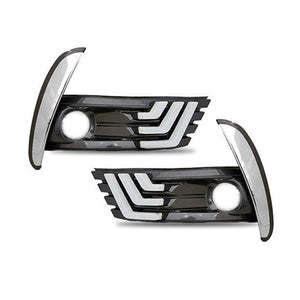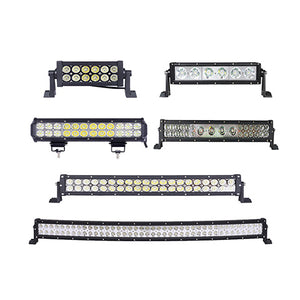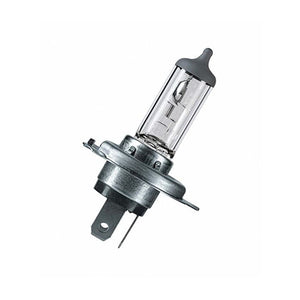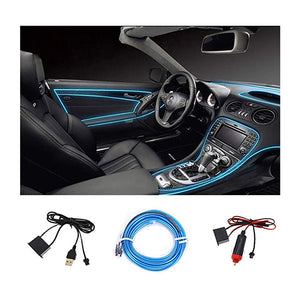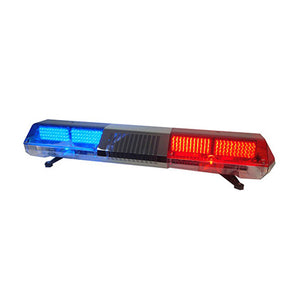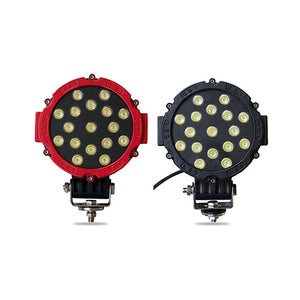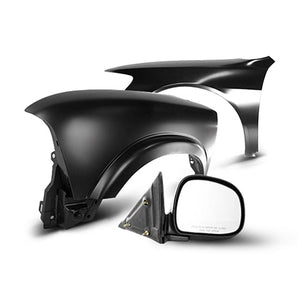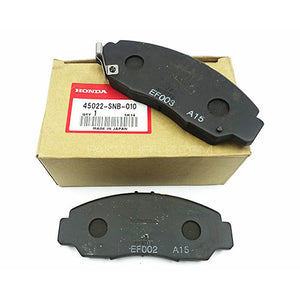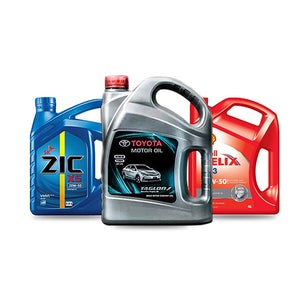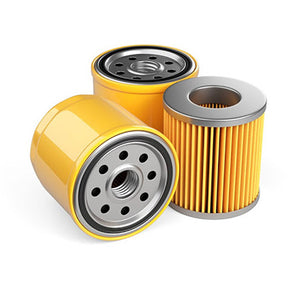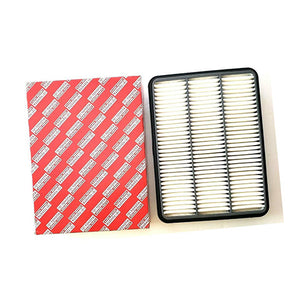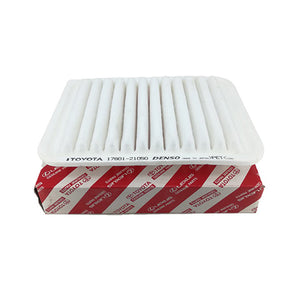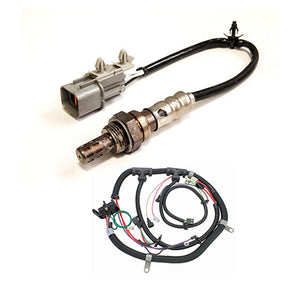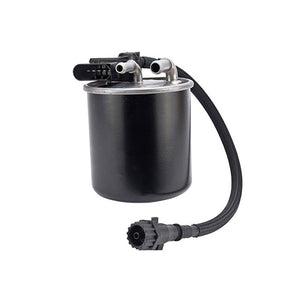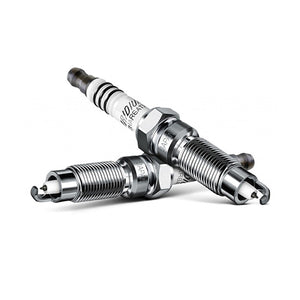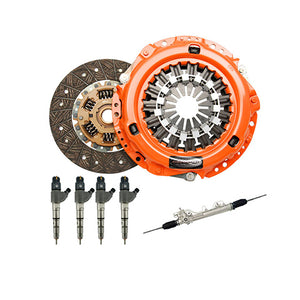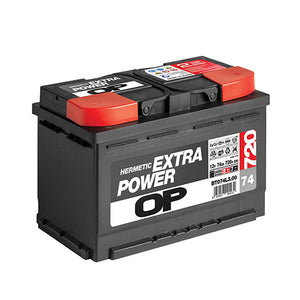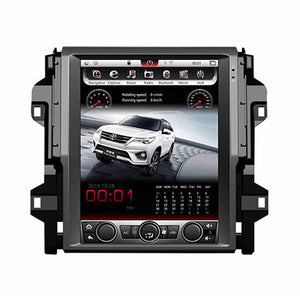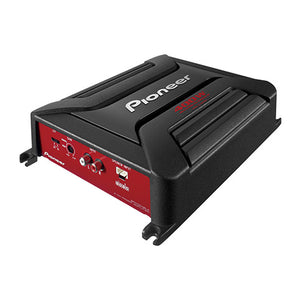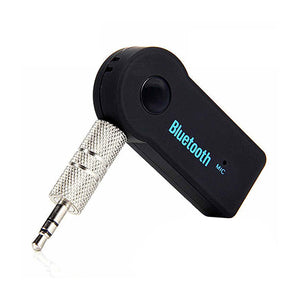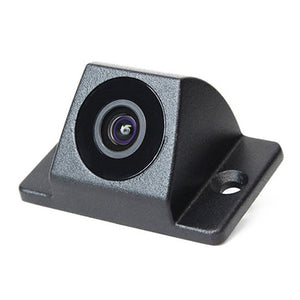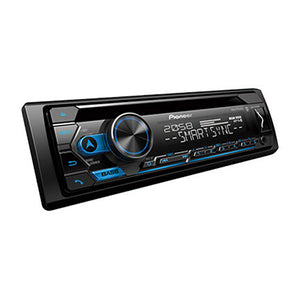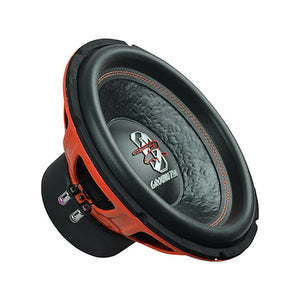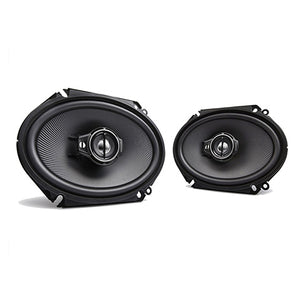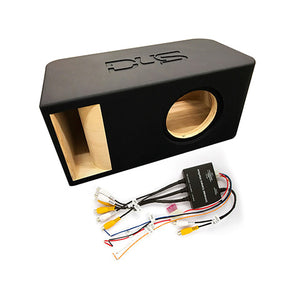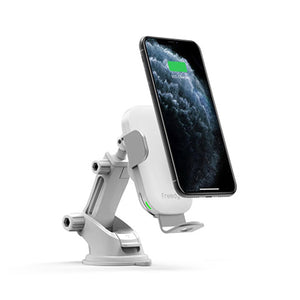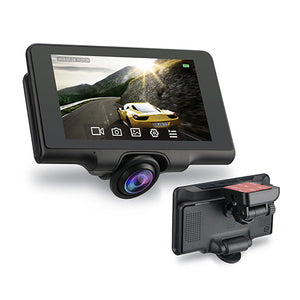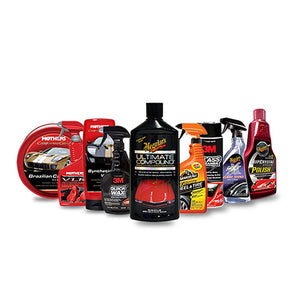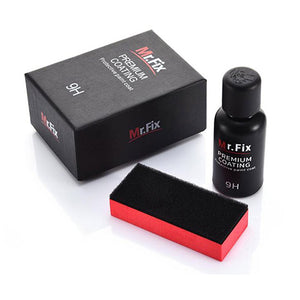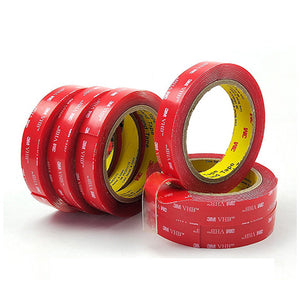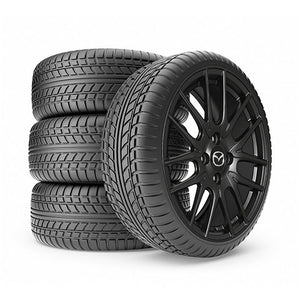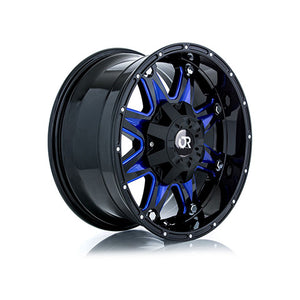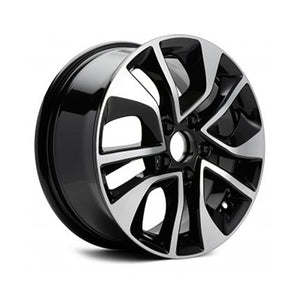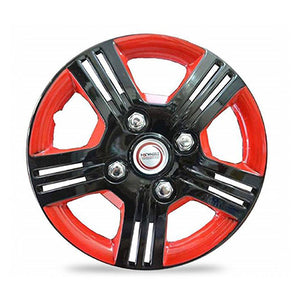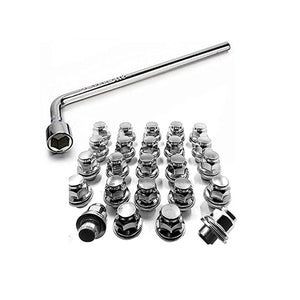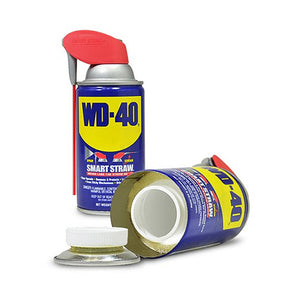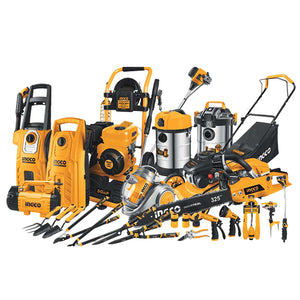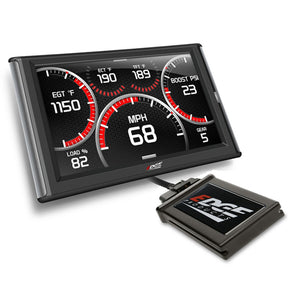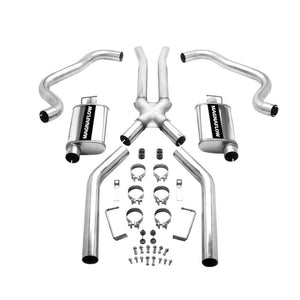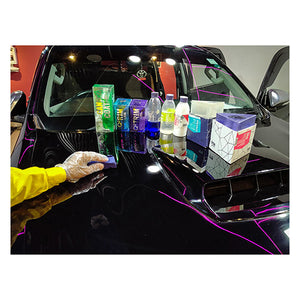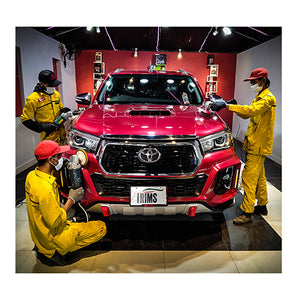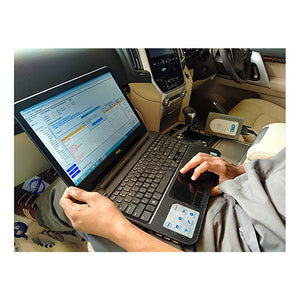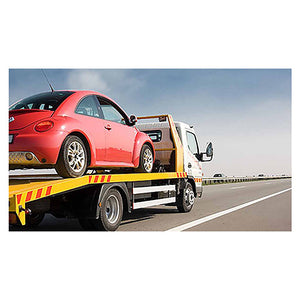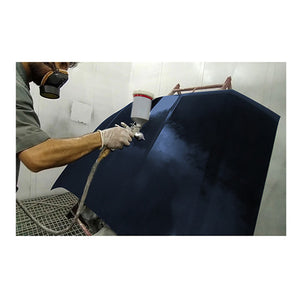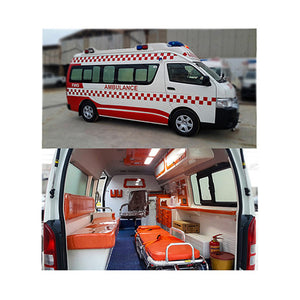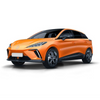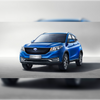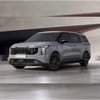
BAIC Motors, a subsidiary of the esteemed Chinese state-owned automotive giant BAIC Group, has made waves in the industry yet again. With its inception in 2010, BAIC Motors has consistently delivered a diverse range of vehicles, encompassing sedans, crossovers, and SUVs. Within this impressive lineup, the "BJ" prefix, a homage to its home city, Beijing, is predominantly reserved for their Sports Utility Vehicles, with a particular focus on off-road capabilities. One standout from their stable is the BAIC BJ40 Plus.

In Pakistan, the names BAIC and BJ are familiar, thanks to Sazgar Engineering holding the exclusive rights to assemble BAIC models. Notably, Sazgar Engineering is also responsible for producing Haval (Great Wall Motors) crossover models in Pakistan. Intriguingly, BAIC and Great Wall Motors find themselves competing head-to-head in the Chinese market. Sazgar Engineering has introduced the locally assembled BAIC BJ40, and since its commercial debut in October 2021, it has made quite an impact. It's crucial to clarify that the BJ40 bears no relation to the iconic Toyota BJ40 series of SUVs.
The first-generation BJ40 rolled off the production line in 2013, and since then, it has seen numerous variants and configurations. The model is available in both 2-door and 4-door iterations, referred to as the BJ40L. In 2019, the BJ40 underwent a facelift and a name change to BJ40 Plus. Beyond China and Pakistan, the BJ40 has also ventured into Middle Eastern, African, and select European markets, including Italy.
Introducing the New BAIC BJ40

While the first-generation BJ40 once held a substantial market share, particularly among off-road enthusiasts, it gradually lost ground to its competitors over its nearly decade-long lifespan. With time, though it received occasional stylistic updates, BAIC recognized the need for a replacement.

The news recently became official with the release of images showcasing the upcoming 2nd generation BJ40. This revelation marks a significant departure from its predecessor. However, it's important to note that BAIC has yet to disclose technical specifications, features, or equipment details, leaving enthusiasts and critics eagerly awaiting further information.
A Revolutionary Exterior

In contrast to the first-generation BJ40, which bore a striking resemblance to the Jeep Wrangler, the new model carves out a unique identity. The 2nd generation embraces a more rectangular front design, featuring a flat hood and a horizontal shut line positioned just above the upright grille.
A slim, rectangular-slatted front grille hosts evenly spaced vertical lines, creating an imposing presence. Dual slim LED headlight modules flank the grille, while segmented DRLs adorn the grille's perimeter. The front bumper sports a sleek, rectangular profile with integrated LED fog lights and a robust skid plate.

Moving to the side profile, the squarish body panels are accompanied by a semi-rounded, horizontally aligned character line that stretches from front to rear. Unlike its predecessor, this model opts for standard pull-type door handles, eliminating exposed hinges. Additionally, prominent wheel arches, clad in plastic, house LED lights and larger side-view mirrors, exuding a rugged off-road persona. Frame-less doors, along with satin silver trim around the D-pillar glass panel, lend an air of sophistication. At the rear, vertical rectangular LED taillights with two square segments dominate the design. The tailgate divides into two sections, with the glass panel lifting upwards and the lower solid portion swinging outward, where it houses the spare wheel in traditional fashion.
This refreshed design incorporates newly designed alloy wheels, with wheel size options varying by trim—ranging from 265/65R17, 265/65R18, to 275/50R20, all fitted with all-terrain tires. Measuring 4790mm in length, 1940mm in width, and boasting a 2760mm wheelbase, the 2nd generation BJ40 is notably larger than its predecessor. These exterior enhancements combine to create a visually pleasing and attractive vehicle, potentially evoking hints of the Land Rover Defender.
A Modernized Interior

Just as the exterior underwent a transformation, the interior has received a substantial overhaul. While the previous generation drew inspiration from the Jeep Wrangler for its exterior, the interior of the 2nd generation BJ40 takes design cues from Mercedes-Benz. The dashboard layout exudes modernity and sophistication, featuring an aluminum-type trim that runs horizontally, creating a flat and rectangular appearance, mirroring the front of the vehicle.

A fully digital driver cockpit and a newly designed steering wheel, reminiscent of the Mercedes G-Wagon, take center stage. Particularly noteworthy are the steering wheel controls, adding a touch of luxury.

The interior's most striking feature is the expansive panoramic floating infotainment screen, spanning two sections and extending towards the passenger side. Furthermore, robust grab handles on the A-pillar and large AC vents reinforce the rugged, off-road ambiance.
Mechanical Marvel

The 2nd generation BJ40 retains its body-on-frame chassis, just like its predecessor. While comprehensive technical details remain undisclosed, expectations run high for improvements in chassis stiffness and torsional rigidity. The front suspension continues to utilize a double wishbone coil spring setup, while the rear employs a multilink (5 links) independent coil spring configuration. To enhance maneuverability, the new model is anticipated to feature electric power steering in place of hydraulic systems.
In terms of power, the upcoming model is set to be equipped with a new 2.0L (1967cc) turbocharged petrol engine, bearing the engine code HY4C20C. This powerplant boasts an impressive 241HP and 385NM of torque, surpassing the previous generation's 2.0L turbo and 2.3L turbo variants in power and torque. The first-generation BJ40 relied on a decade-old engine technology from SAAB, a discontinued European brand, which led to less-than-optimal fuel efficiency. The introduction of this new engine aims to rectify those shortcomings.

Given the BJ40's off-road focus, a 4WD system with a differential lock is a given. Additionally, a driver-selectable terrain mode, featuring multiple settings accessible via a central console rotary dial, enhances the vehicle's adaptability. The 2nd generation will also incorporate a new 8-speed automatic transmission. Key features include ABS, EPB, tire pressure monitoring, hill start, and descent control. Notably, the model will have the capacity to tow approximately 2.5 tons of trailer weight.
The Launch of the New BAIC BJ40

Mark your calendars for August 25th, as BAIC is set to unveil the new BJ40 in China. At this juncture, we anticipate comprehensive coverage, delving into the vehicle's features, options, and equipment. However, for those wondering when this model will grace Pakistani roads, patience will be a virtue. The current PK model, a mere two years into production, still enjoys a strong foothold in the domestic market. The company's substantial investment in producing the current model for the Pakistani market, coupled with economic challenges like high interest rates and exchange rates, suggests that a transition to the new generation may not be imminent. As the auto industry navigates these challenges, we remain hopeful for a return to normalcy and prosperity.





